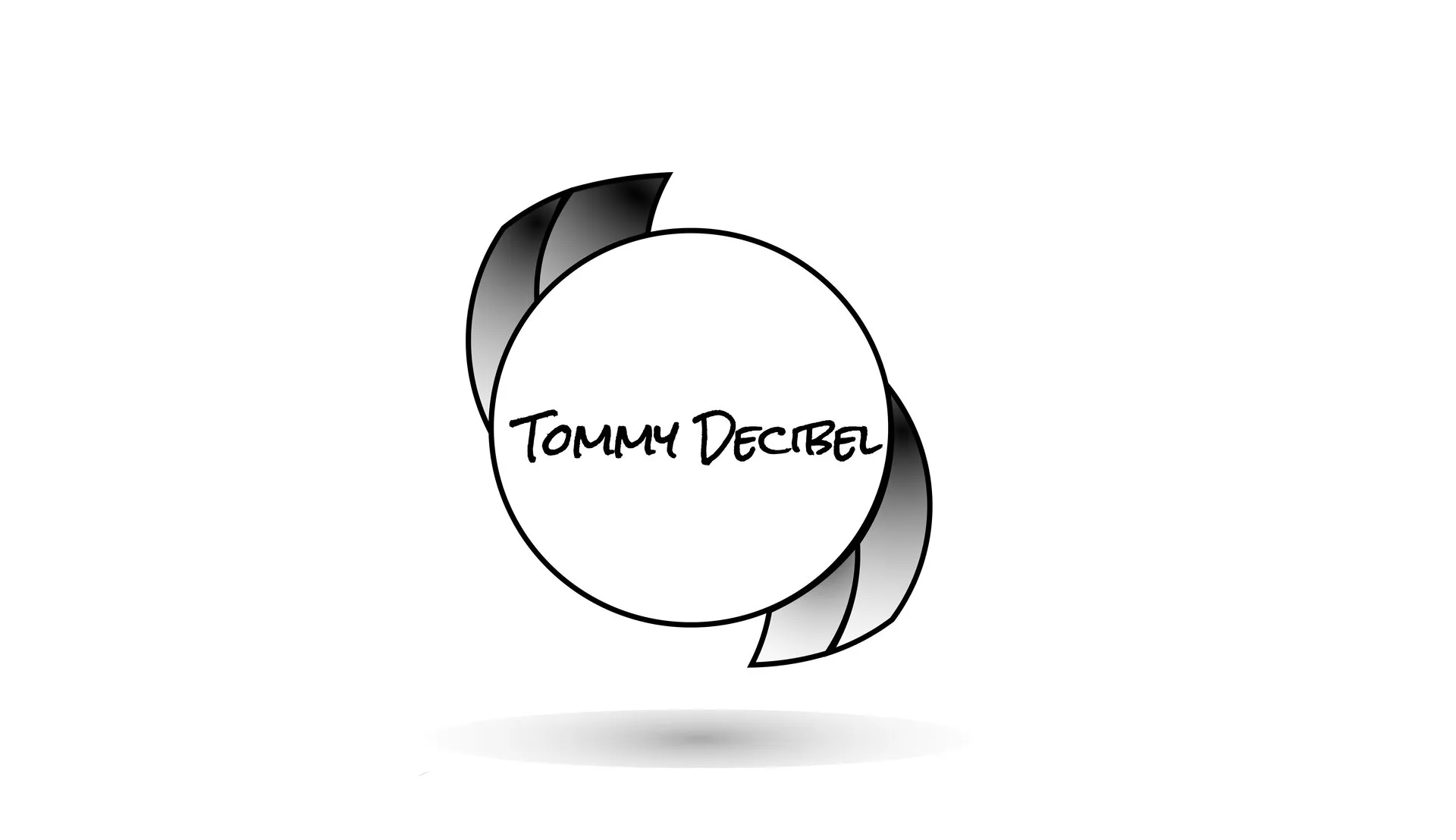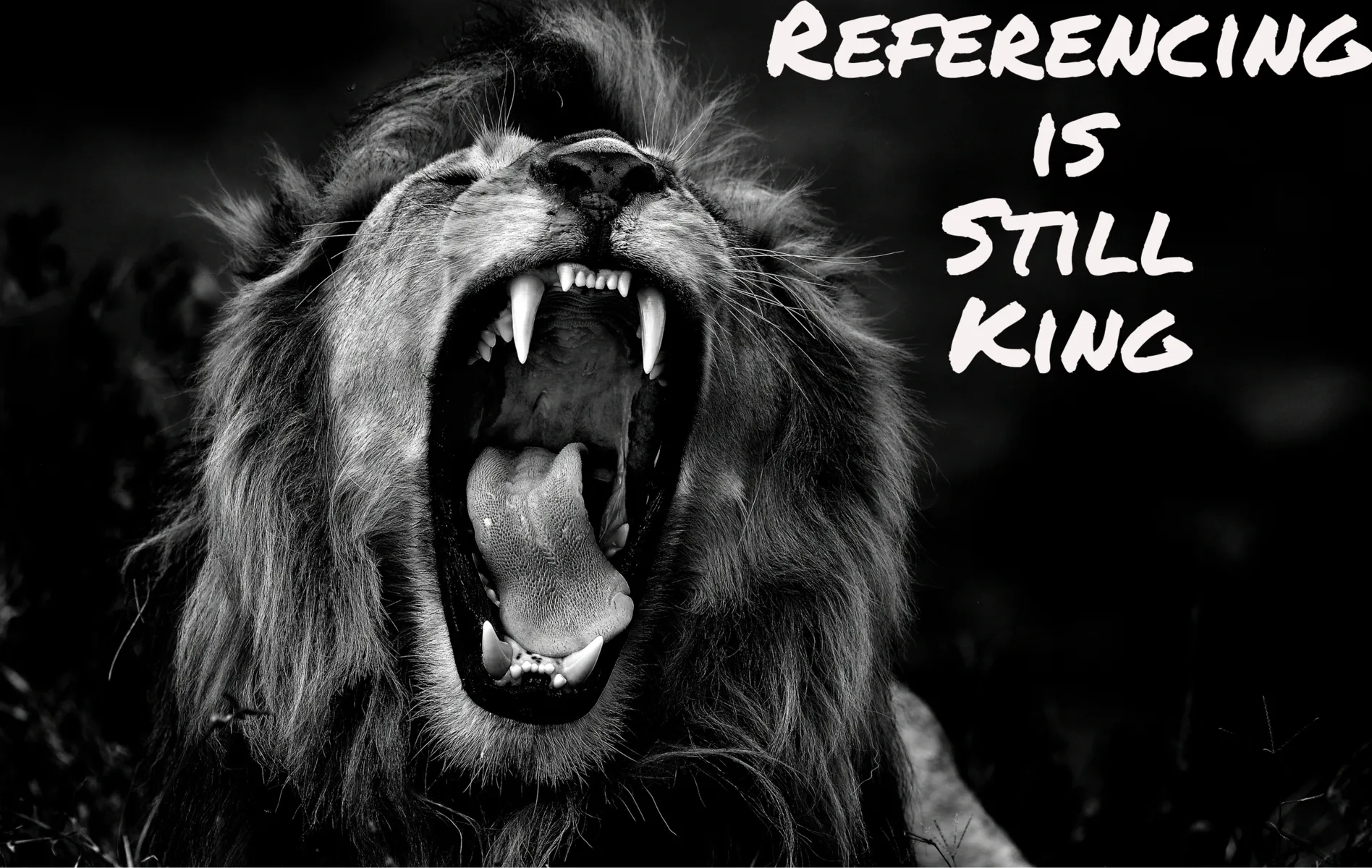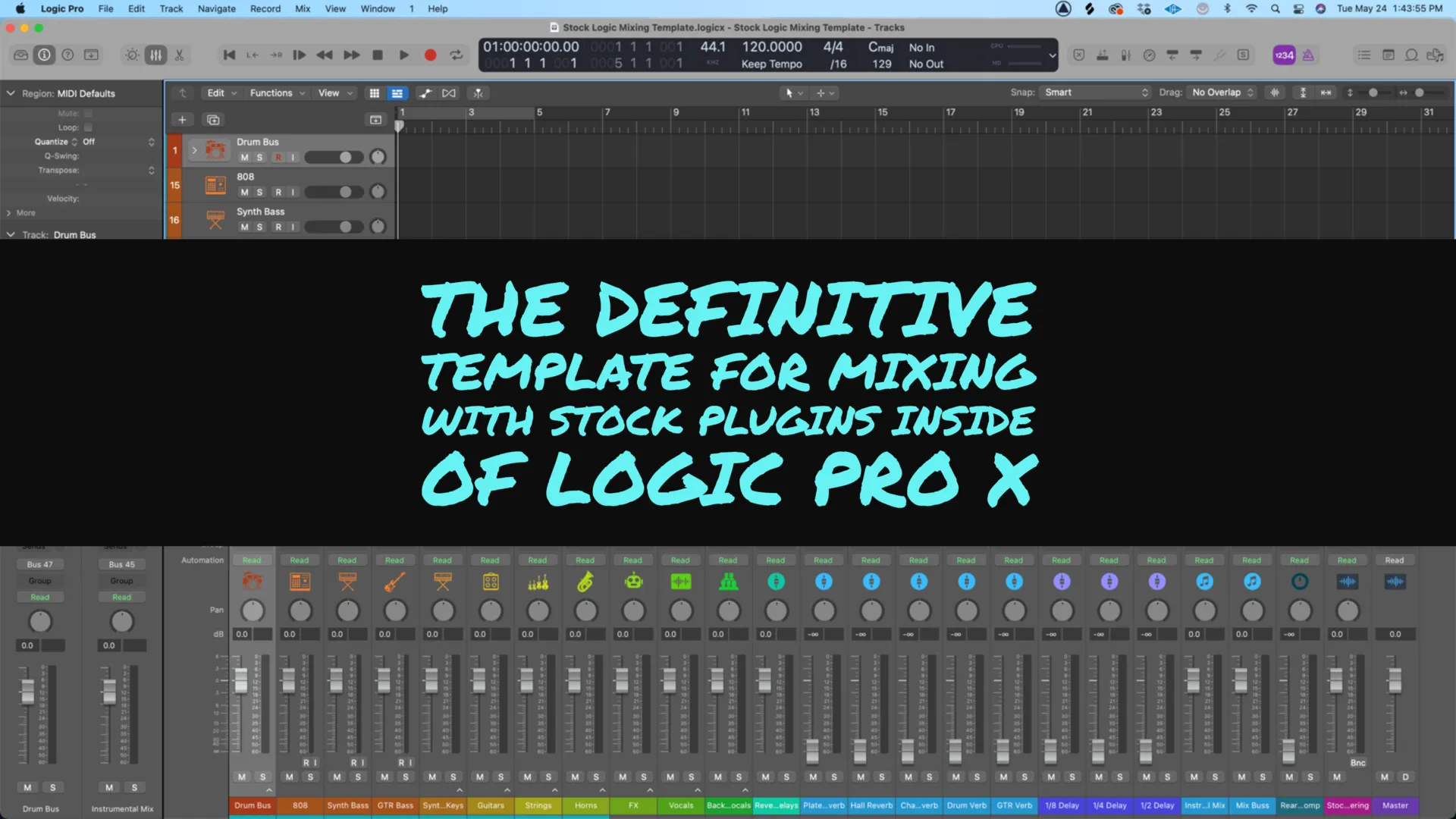Where Did The Myth of Mastering to -14 LUFS Come From?
When Spotify and other streaming services announced how their algorithms treat music that is played on their platforms, everyone wasn't really too sure how we should go about our loudness. And really, it all started from the phrasing of how they said their algorithms would turn down anything over -14 LUFS.
In the super early days of Spotify and music streaming, the loudness between songs was very noticeable - especially when switching genres. At some point the streaming platforms started working on normalization algorithms to bring some kind of balance to this. Especially because at the time EDM was becoming more popular and it was the hottest the loudness wars have ever been. You’d have one song barely hitting at - 16 LUFS and then another right after it would rip your ear off with - 3 LUFS.
No one really cared about loudness numbers too much unless it specifically pertained to broadcasting. They just wanted their music LOUD. After the streaming services released their own methods of controlling the loudness issue on their platform, a lot of information flooded onto the internet and instead of it clearing things up, it just kind of confused everyone - even to this day.
What got everyone mixed up was this line (I’m also paraphrasing) - “It doesn’t matter if it’s louder than -14 LUFS, it still gets brought down to that level and if it’s below -14 LUFS it gets brought up to that level.”
This naturally made a lot of people think that it does not matter to get it louder than -14 since it would just be brought down. Which is really not how that works in reality.
It will bring it down for sure, but a song mastered to - 7 LUFS will always sound louder (and alot of times better) than a record that was mastered to -14 LUFS after the algorithm processes it. This is something you can actually check out yourself by simply going to YouTube and checking out a song from your favorite commercial artist. It needs to specifically be a commercial artist - they’re the ones hiring expensive mastering engineers (the ones that know what they’re doing). All you need to do from there is go to the information for nerds panel and go to the loudness section. I can promise with almost utmost certainty you will be surprised how loud their records actually are. Depending on the genre, its not uncommon to see numbers like -11, -9, -7, and even -5 LUFS.
How Loud Should You Master Your Records to?
Master a record to the point that it sounds good regardless of playback medium. The numbers I mention above are decent numbers to “aim” for however, I highly suggest not aiming for numbers. Get it sounding right, then check the numbers at the end. They’re just numbers. If its around the ball-park area of other records that are in the genre you made, you’re probably okay! This is art after all, not just a science. Mastering a record is the finest balancing act of both science and art.
Increasing Your Points of Referencing
If you really struggle with finding more areas where you can reference your music on, this, a free way you can check how things will convert is by using the website loudnesspenalty.com. They have this available as a paid plugin as well, but for most of us the website version is fine. After you’ve uploaded your file, the site will analyze it and tell you by how much each respective streaming platform will reduce your loudness by. The real value in it though is that it also allows you to hear what it sounds like on those services.
Referencing is Still King
The best thing you can do as a newer engineer is constantly reference music from the pros - especially in the genre of pop. You more than likely don’t have a perfect room, super well trained ears, nor the best gear - but you can still get great results given enough time to constantly compare work and go back and make more revisions.
It can feel a bit like a guessing game in the beginning, but you can get there. As you go along, you will also learn that a surprising amount of loudness actually comes from the mix itself, not so much from mastering. It’s hard for something to sound big and defined when it’s fighting for space in the spectrum. No amount of limiting will magically EQ your vocals better for you and place them forward in the mix when they’re buried under 15 guitars. You’ll also eventually learn that quad tracking doesn’t leave a whole lot of room for articulation and takes away from the impact after a certain point. These are all kind of part of the experience building events we go through as engineers - and the same things you will be forced to deal with too.
Time is the real kicker though, you will be trading in ALOT of time and probably more money than if you would have otherwise by just hiring someone. Not to mention the strain of learning something new and possibly killing off of your dreams when you realize you don’t like to engineer. There’s only 24 hours in a day. If your goal is to be an artist, be an artist.
Coincidentally, if you’re a Logic Pro X user, I do happen to have a couple of templates on my store that might help you in this area. In there, I break down my thought process when it comes to mastering a record in a helpful stepwise guide as well as the template.




